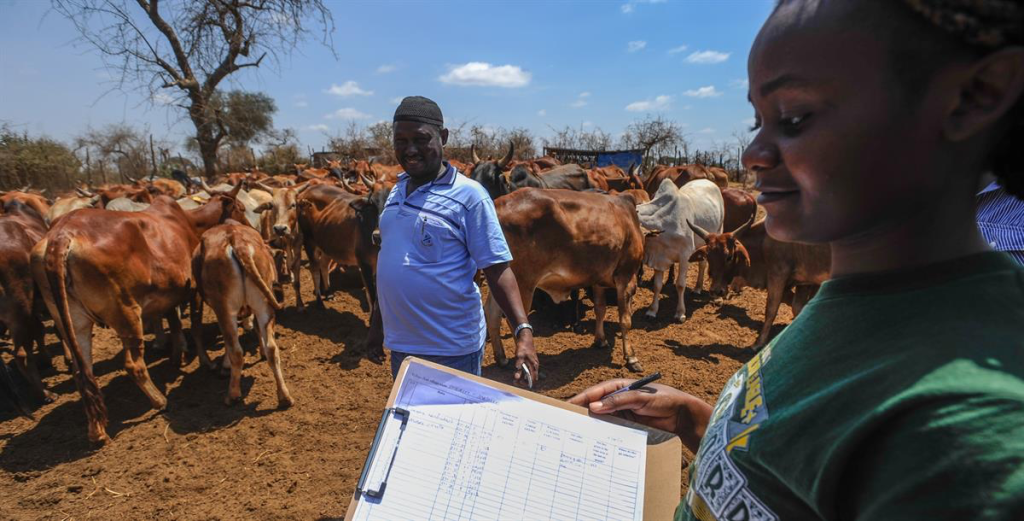
Citizen science is becoming an essential tool in wildlife conservation, empowering individuals to contribute to significant environmental research. By participating in various projects, everyday people are helping to monitor wildlife populations, track migration patterns, and assess habitat changes.
One notable example is the use of smartphone apps for birdwatching. Apps like eBird allow users to record and submit their bird sightings, which scientists then use to track bird populations and migration trends. This data helps researchers identify patterns and potential threats to bird species, contributing to more effective conservation strategies.
Another example is the Global Phenology Project, where volunteers track the timing of natural events such as plant blooming and animal migrations. This information is crucial for understanding the impacts of climate change on ecosystems and developing strategies to mitigate these effects.
Citizen science not only provides valuable data but also raises public awareness about conservation issues. As people engage with these projects, they gain a deeper understanding of environmental challenges and become advocates for change.
Getting involved is easy. Many projects welcome participants of all skill levels, offering resources and guidance to help individuals contribute meaningfully. By joining the citizen science movement, you can play a crucial role in preserving our planet’s wildlife and ensuring a healthier environment for future generations.